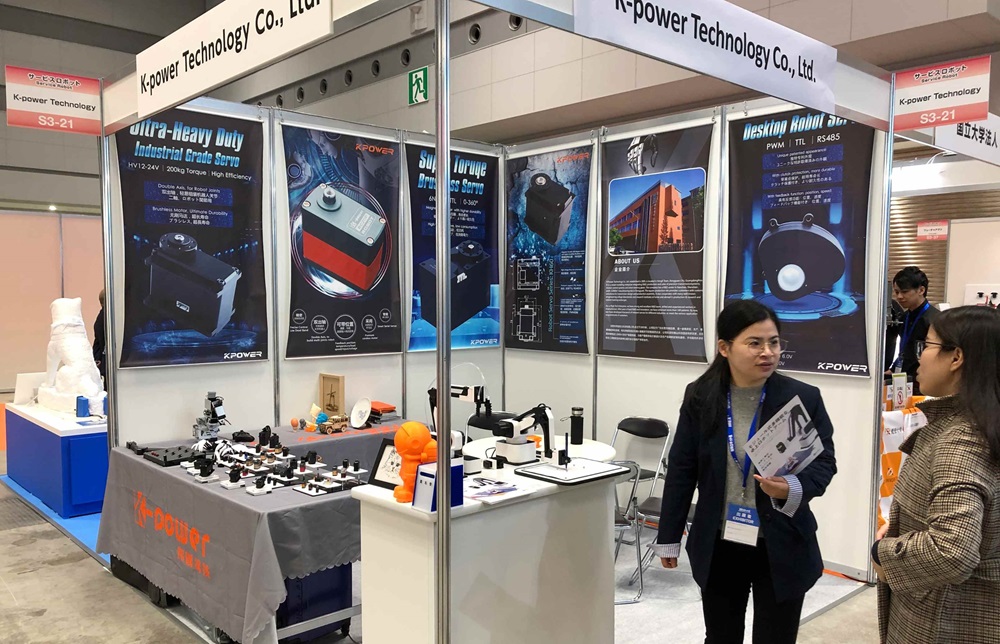Unlocking Power: A Deep Dive into Hydraulic Motor Gear Efficiency
In the realm of hydraulic machinery, few topics generate as much interest and importance as gear efficiency. As industries continuously push the boundaries of performance, energy consumption, and durability, understanding how hydraulic motor gears operate—and how to maximize their efficiency—becomes crucial. Whether you're in manufacturing, construction, or energy sectors, the efficiency of your hydraulic motors can significantly influence your operational costs and system longevity.

What is Hydraulic Motor Gear Efficiency?
At its core, gear efficiency in hydraulic motors refers to the ratio of the useful mechanical power output to the hydraulic power input. Simply put, it measures how effectively the gear transmits power from the hydraulic fluid to the mechanical components. High gear efficiency means minimal energy loss, leading to more powerful, reliable, and cost-effective machinery.
Hydraulic motors typically consist of a rotor (or cam) and a gear mechanism designed to convert fluid energy into rotary motion. The gear assembly's role is to transfer torque and rotational speed from the fluid-driven component to the machine's output shaft. The efficiency of this transfer is influenced by various factors, including design, material quality, operating conditions, and maintenance.
Types of Hydraulic Gear Systems
There are several gear-based systems used within hydraulic motors, each with strengths and weaknesses:
Gerotor Gears: Compact and simple, gerotor gears are widely used in small hydraulic motors. They operate with a series of internal gears that rotationally differ by one tooth, providing smooth and consistent motion but with some efficiency limitations at high loads.
Vane Gears: While technically vane motors, their gear components are integral to efficiency and performance, with the ability to handle variable loads effectively if well-maintained.
External and Internal Gears: External gears (spur or helical) often feature in larger hydraulic systems, offering high torque capacity but potentially higher energy losses due to gear mesh friction.
The choice of gear system directly influences efficiency. For instance, internal gear mechanisms often exhibit less energy loss compared to external gears due to reduced gear meshing contact surface.
Factors Affecting Gear Efficiency
Several interconnected factors can impact how well a hydraulic gear transmits power:
Design Precision: Manufacturing tolerances dictate how well gears mesh without unnecessary gaps or overlaps. Precision grinding and machining result in smoother engagement, reducing friction and energy loss.
Gear Material and Lubrication: Durable, low-friction materials—such as hardened steel alloys—paired with proper lubrication, minimize wear and friction during operation, sustaining high efficiency over time.
Operating Conditions: Optimal hydraulic pressure, flow rate, and temperature are essential. Excessive pressure or high temperatures can cause gear deformation or increased friction, reducing efficiency.
Load Conditions: Gears operate more efficiently under steady, moderate loads. Sudden shocks or overloads can cause misalignment or damage, leading to inefficiencies.
Maintenance and Wear: Regular inspection and timely replacement of worn components prevent efficiency drops. Dirt, debris, and corrosion can increase friction and cause gear teeth to wear unevenly.
Impact of Gear Efficiency on Overall Hydraulic System Performance
Gear efficiency directly correlates with several core performance indicators:
Energy Consumption: More efficient gears reduce energy losses, leading to lower operational costs and longer system life.
Heat Generation: Less energy lost as heat means cooler operation, reducing the need for extensive cooling systems and preventing thermal damage.
Response Time and Precision: High gear efficiency translates to smoother, more predictable motion, which is vital in applications requiring precision.
Durability and Maintenance Costs: Efficient gear systems tend to wear more slowly, decreasing downtime and maintenance expenses.
Innovations Improving Hydraulic Gear Efficiency
Technological advancements continue to push the boundaries of what’s possible in hydraulic gear efficiency:
Surface Coatings: Application of low-friction coatings (like DLC or ceramic) on gear surfaces reduces friction and wear.
Advanced Materials: Composites and composites-metal hybrids offer durability paired with light weight, improving efficiency.
Precision Manufacturing: Computer Numerical Control (CNC) machining achieves tighter tolerances, ensuring optimal gear meshing.
Lubricant Development: Synthetic oils formulated for high pressure and high temperature environments significantly reduce friction and wear.
Making Sense of Efficiency Ratings
Manufacturers often specify gear efficiency ratings, typically ranging from 85% to 98%. These figures are determined under standardized testing conditions, but real-world factors can cause deviations. When selecting hydraulic motors, it’s prudent to consider the following:
The operating environment and expected load conditions.
The design and material quality of the gear system.
Maintenance capabilities and schedules.
Knowing your operational priorities—whether it’s maximum power output, energy savings, or longevity—will help you prioritize gear efficiency as a key selection criterion.
Kpower has delivered professional drive system solutions to over 500 enterprise clients globally with products covering various fields such as Smart Home Systems, Automatic Electronics, Robotics, Precision Agriculture, Drones, and Industrial Automation.




































